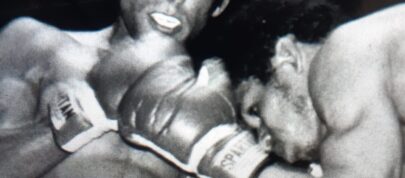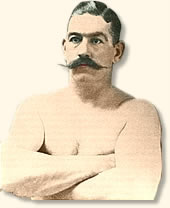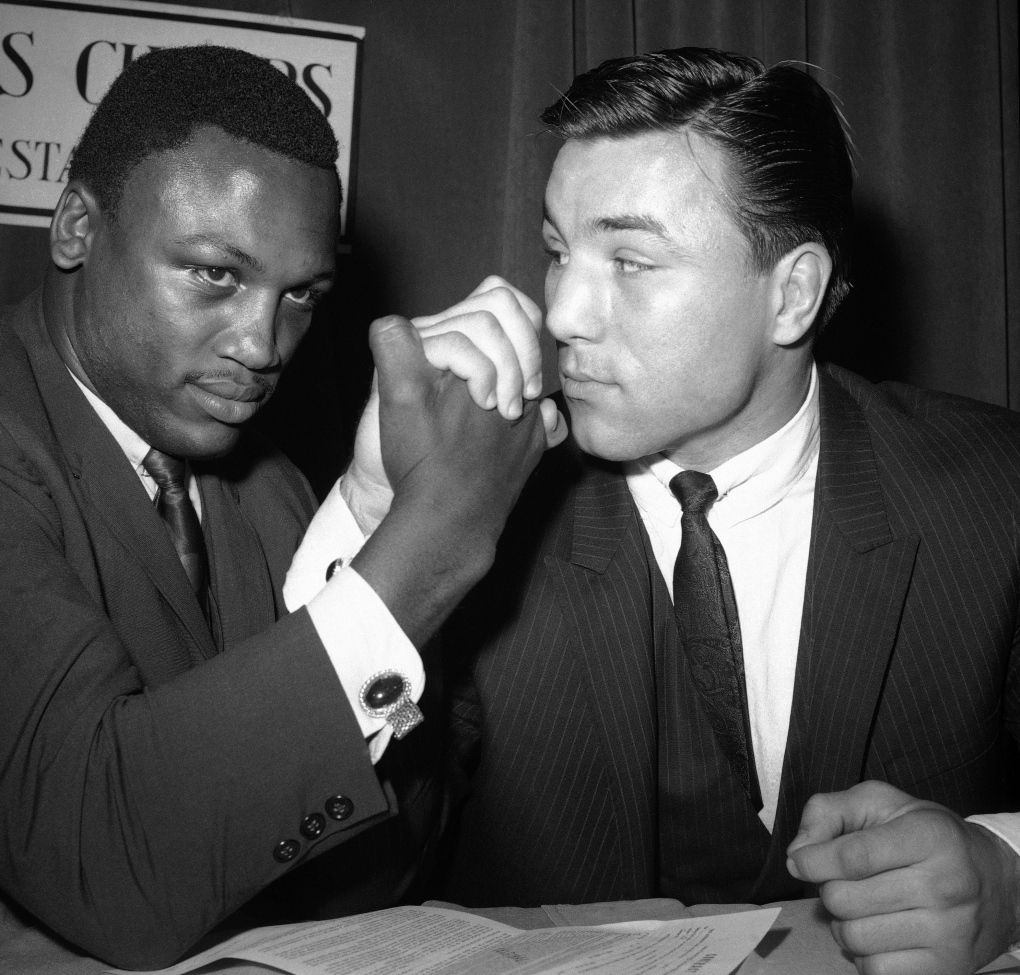THE GOLDEN ERA OF HEAVYWEIGHT BOXING
Heavyweight boxing in the 1950s was a golden era for the sport, marked by legendary champions, iconic rivalries, and a gritty, action-packed style of fighting. The decade began with the reign of Ezzard Charles and ended with Floyd Patterson becoming the youngest heavyweight champion at that time.
Key Boxers of the 1950s
1. Joe Louis (“The Brown Bomber”)
Although his prime was in the 1930s and 1940s, Louis continued to fight until 1951.
Retired in 1949, but came back due to financial troubles and was defeated by Ezzard Charles in 1950.
His influence and legacy loomed large over the 1950s.
2. Ezzard Charles
World Heavyweight Champion: 1950–1951
Defeated Joe Louis in a unanimous decision in 1950.
Known as a skilled, technical boxer with underrated power.
Lost the title to Jersey Joe Walcott in 1951.
3. Jersey Joe Walcott
World Heavyweight Champion: 1951–1952
Finally won the title at age 37 after multiple attempts.
Knocked out Charles in their third fight.
Lost the title to Rocky Marciano in 1952.
4. Rocky Marciano (“The Brockton Blockbuster”)
World Heavyweight Champion: 1952–1956
Retired undefeated at 49–0 with 43 KOs.
Famous fights: Two brutal wins over Walcott and two over Charles.
Known for relentless pressure, granite chin, and knockout power.
Retired in 1956, leaving the title vacant.
5. Floyd Patterson
World Heavyweight Champion: 1956–1959
Won the vacant title in 1956 at age 21, becoming the youngest champion at the time.
Olympic gold medalist in 1952.
Managed by Cus D’Amato, known for his peek-a-boo style defense.
Lost the title to Ingemar Johansson in 1959.
6. Ingemar Johansson
Swedish heavyweight who shocked the world by knocking out Patterson in 1959.
Became heavyweight champ, setting up a trilogy that continued into the early 1960s.
Style of the Era
Fighters often had smaller training teams and fought more frequently.
Emphasis on toughness, stamina, and power.
Technical skills were evolving, but brawling and aggressive fighting were common.
Fights often went 15 rounds.
Cultural Impact
Boxing was a top-tier sport in terms of popularity.
Fights were widely broadcast on the radio and later on television.
Champions were major national and international celebrities.
The heavyweight title was considered one of the most prestigious titles in all of sports.




